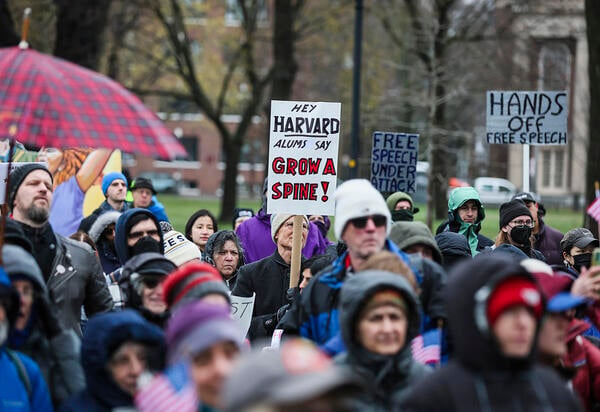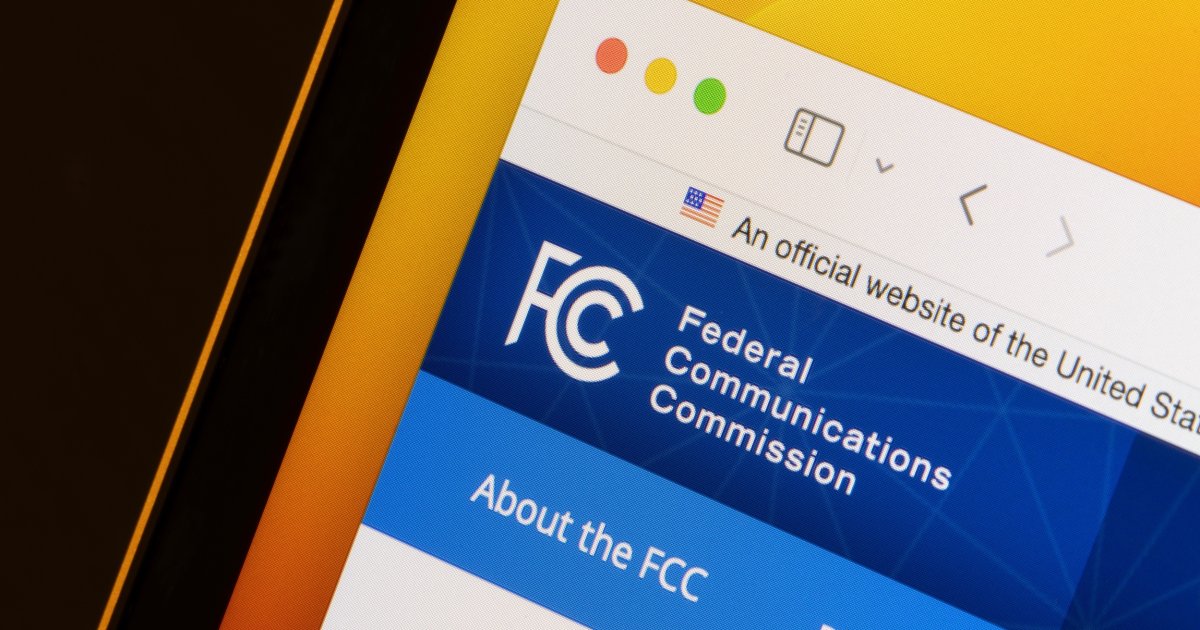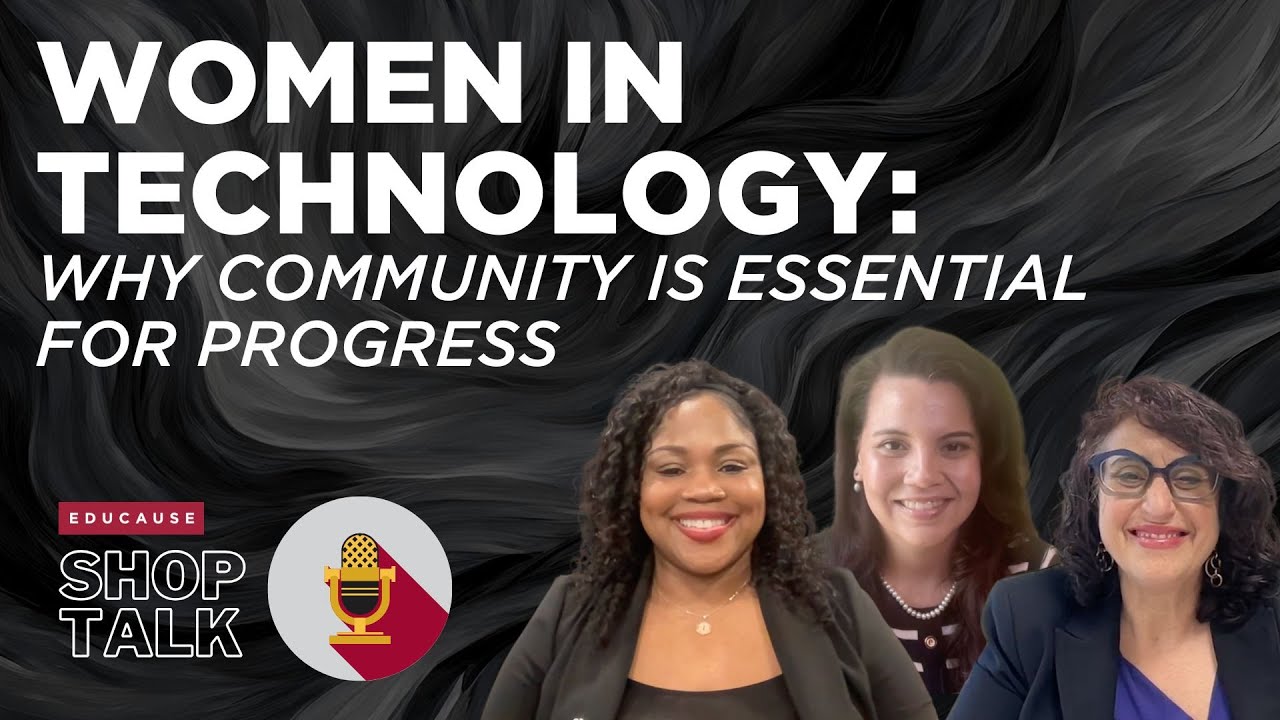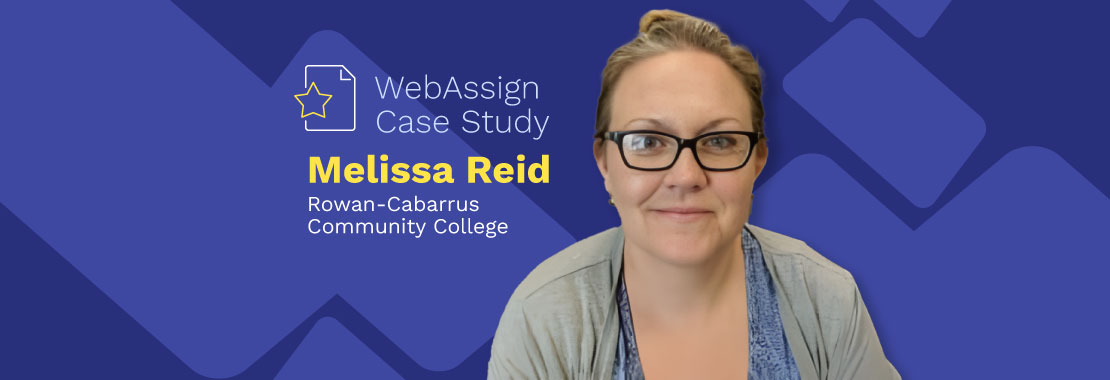Protesters in Cambridge urged Harvard to resist Trump’s demands at a Saturday rally.
Erin Clark/The Boston Globe/Getty Images
Harvard University is pushing back on demands from the Trump administration calling for a long list of institutional reforms in response to alleged antisemitism and civil rights violations on campus.
Nearly $9 billion in federal contracts and grants hang in the balance at the institution amid a review the administration announced last month, alleging the university has mishandled instances of antisemitic harassment on campus.
President Alan Garber said Monday that the institution will not accept the administration’s agreement, writing that Harvard “will not surrender its independence or relinquish its constitutional rights.”
Hours later, the Joint Task Force to Combat Anti-Semitism announced a freeze on $2.2 billion in multiyear grant funding for the institution and $60 million in multiyear contracts.
The Trump administration presented Harvard with at least two demand letters, the first on April 3 and another on Friday. The letters call for changes to governance, hiring and admissions, a ban on masks, and more, including greater scrutiny of international applicants to exclude “students supportive of terrorism or anti-Semitism,” according to one letter.
“Harvard has in recent years failed to live up to both the intellectual and civil rights conditions that justify federal investment. But we appreciate your expression of commitment to repairing those failures and welcome your collaboration in restoring the University to its promise,” top officials at the General Services Administration, U.S. Department of Education and the U.S. Department of Health and Human Services wrote in Friday’s letter to Harvard leadership.
Friday’s letter also called for a mask ban; a shutdown of all diversity, equity, and inclusion initiatives; and the reformation of multiple programs “with egregious records of antisemitism or other bias.” Targets include Harvard’s Divinity School, Graduate School of Education, School of Public Health, Medical School, Center for Middle Eastern Studies, the Harvard Law School International Human Rights Clinic and several others.
The administration also called for the university to “commission an external party, which shall satisfy the federal government as to its competence and good faith, to audit those programs and departments that most fuel antisemitic harassment or reflect ideological capture.”
In a public letter to the Harvard community, Garber rejected the sweeping demands.
“Late Friday night, the administration issued an updated and expanded list of demands, warning that Harvard must comply if we intend to ‘maintain [our] financial relationship with the federal government.’ It makes clear that the intention is not to work with us to address antisemitism in a cooperative and constructive manner,” Garber wrote. “Although some of the demands outlined by the government are aimed at combating antisemitism, the majority represent direct governmental regulation of the ‘intellectual conditions’ at Harvard.”
Garber’s letter rejecting Trump’s demands also included a link to the legal response sent to the federal government, which noted changes to campus policies and “new accountability procedures” introduced at the university over the course of the last 15 months.
“It is unfortunate, then, that your letter disregards Harvard’s efforts and instead presents demands that, in contravention of the First Amendment, invade university freedoms long recognized by the Supreme Court,” lawyers representing the university wrote in response.
In addition to freezing more than $2 billion in federal funding, the joint task force responded to the institution’s rejection, saying, “Harvard’s statement today reinforces the troubling entitlement mindset that is endemic in our nation’s most prestigious universities and colleges—that federal investment does not come with the responsibility to uphold civil rights laws.”
Harvard’s pushback is a rare repudiation of Trump from an individual institution. While various associations and faculty groups have spoken up on the federal government’s attacks on higher education, most college presidents have been silent, even at targeted institutions. (Only a few, such as Princeton University president Christopher Eisgruber, have publicly expressed concerns.)
Last month Columbia University yielded to a sweeping list of similar demands, despite concerns by various legal scholars, as the Trump administration froze $400 million in federal research funding. Since then, Columbia interim president Katrina Armstrong has stepped down and the U.S. National Institutes of Health have frozen another $250 million in funding, despite the agreement. While Education Secretary Linda McMahon has said Columbia is on the “right track” to restore funding, that hasn’t happened yet, and the federal government is reportedly seeking more oversight.
Dozens of colleges across the nation—including others in the Ivy League—are also facing investigations into alleged antisemitism and other issues, including race-based programs or scholarships and the participation of transgender athletes in intercollegiate athletics.
Universities that have had their federal funding targeted include Cornell University (more than $1 billion), Northwestern University ($790 million), Brown University ($510 million), Princeton University ($210 million) and the University of Pennsylvania ($175 million).
Harvard’s rebuttal to the federal government comes as the university plans to issue $750 million in bonds, which a spokesperson told Inside Higher Ed was “part of ongoing contingency planning for a range of financial circumstances.” Princeton is also issuing $320 million in bonds this spring.
Harvard faculty have also taken legal action against the Trump administration.
The Harvard chapter of the American Association of University Professors filed a lawsuit against the Trump administration on Friday alleging that the review of Harvard’s funds was an illegal exploitation of the Civil Rights Act and an effort to impose political views upon the institution.
The lawsuit alleged that the Trump administration’s “unlawful actions have already caused severe and irreparable harm by halting academic research and inquiry at Harvard, including in areas that have no relation whatsoever to charges of antisemitism or other civil rights violations.”
Harvard’s AAUP chapter also signed a lawsuit last month with other faculty groups pushing back on the Trump administration’s efforts to arrest and deport pro-Palestinian student activists.










